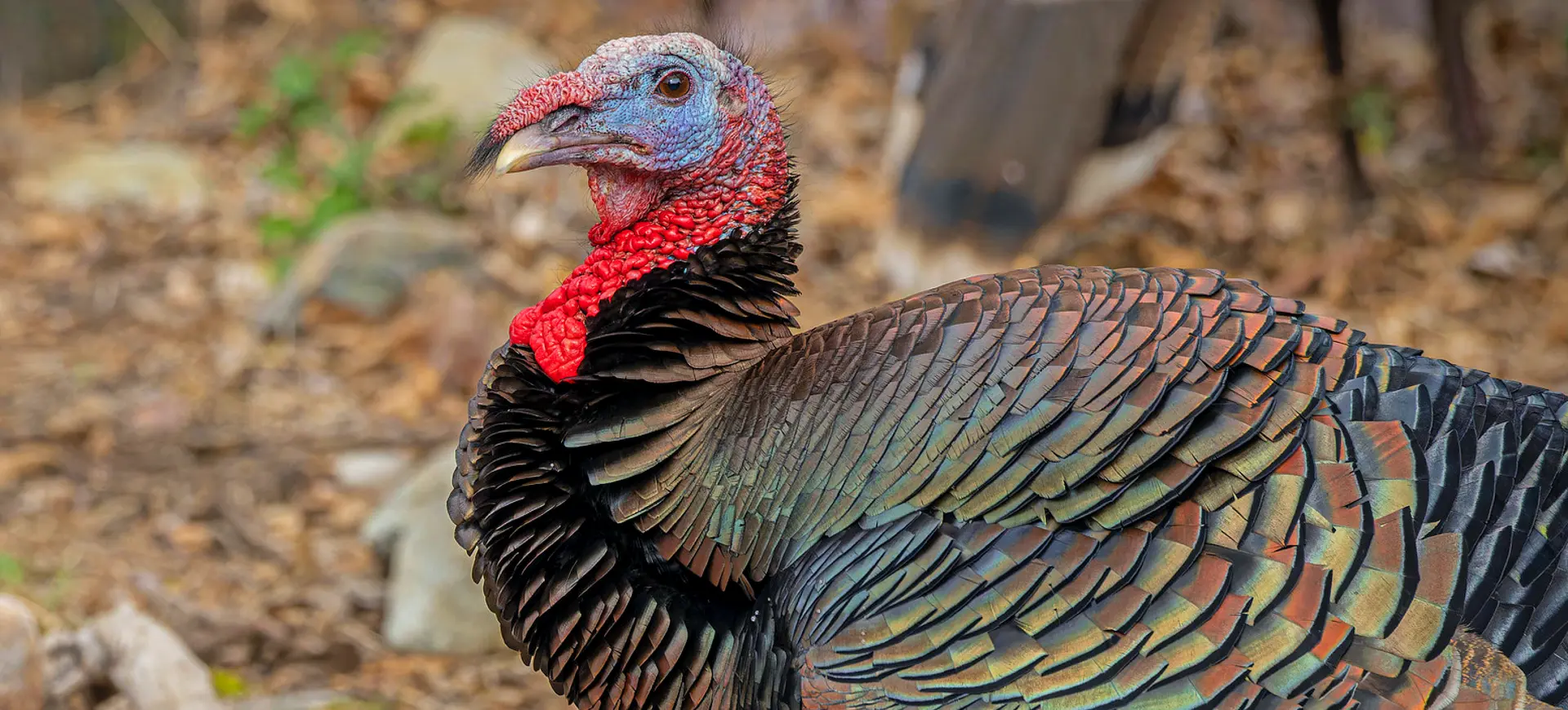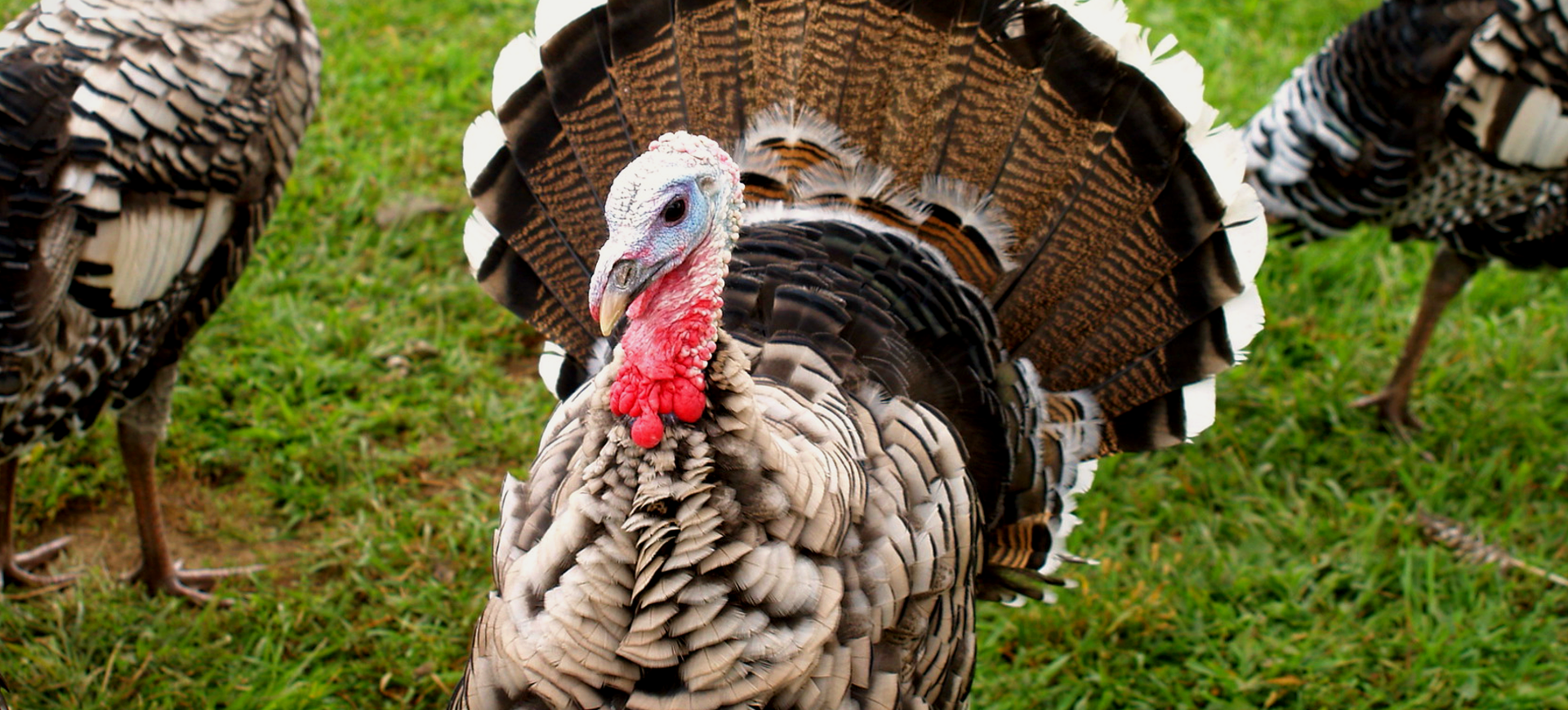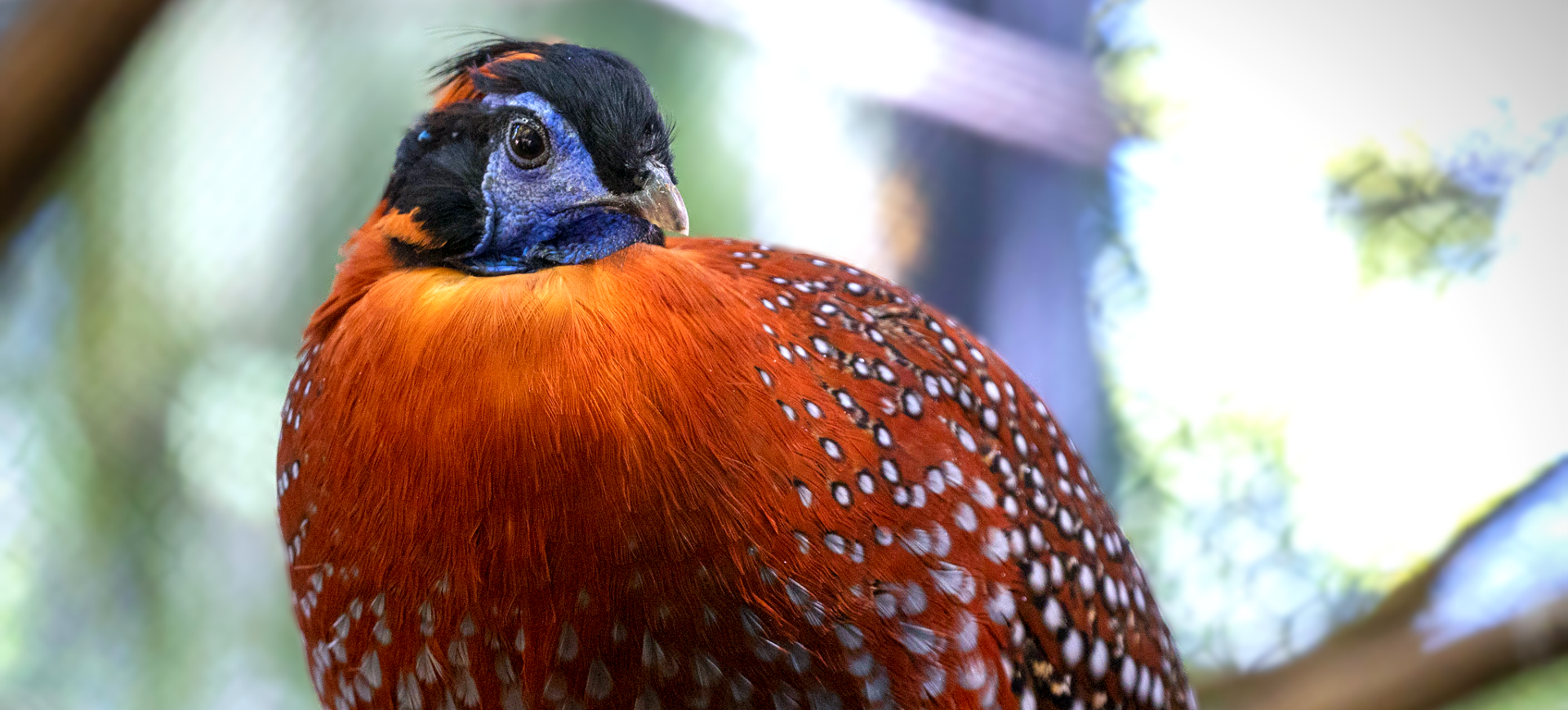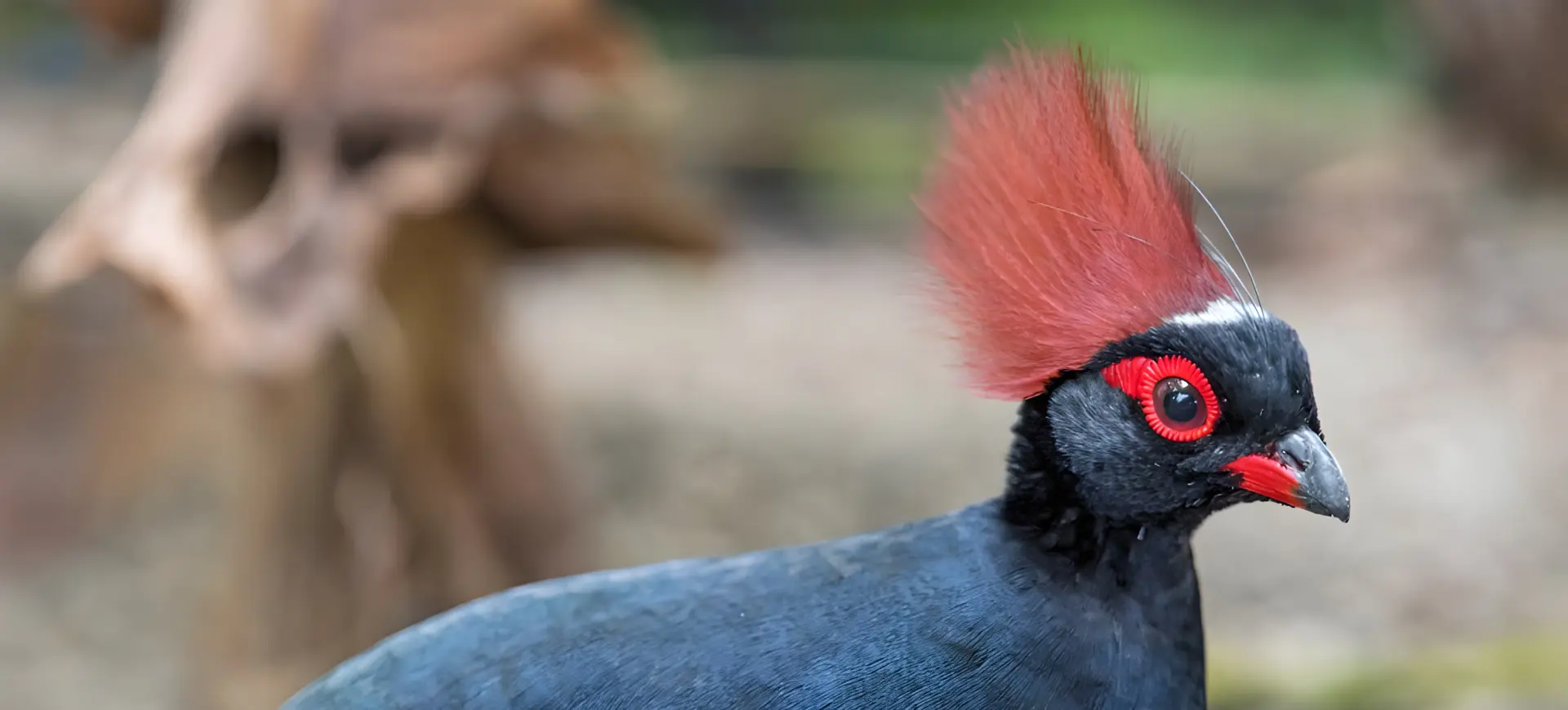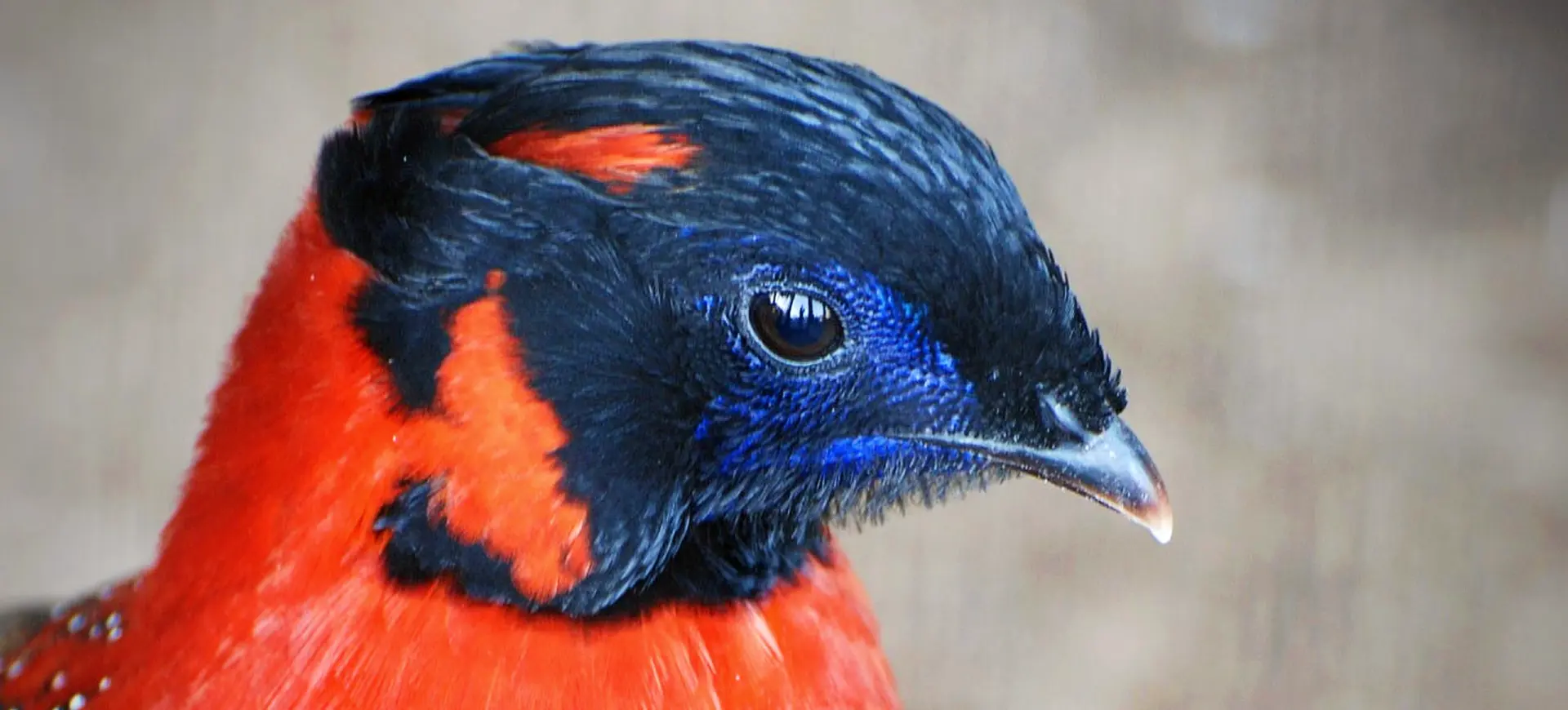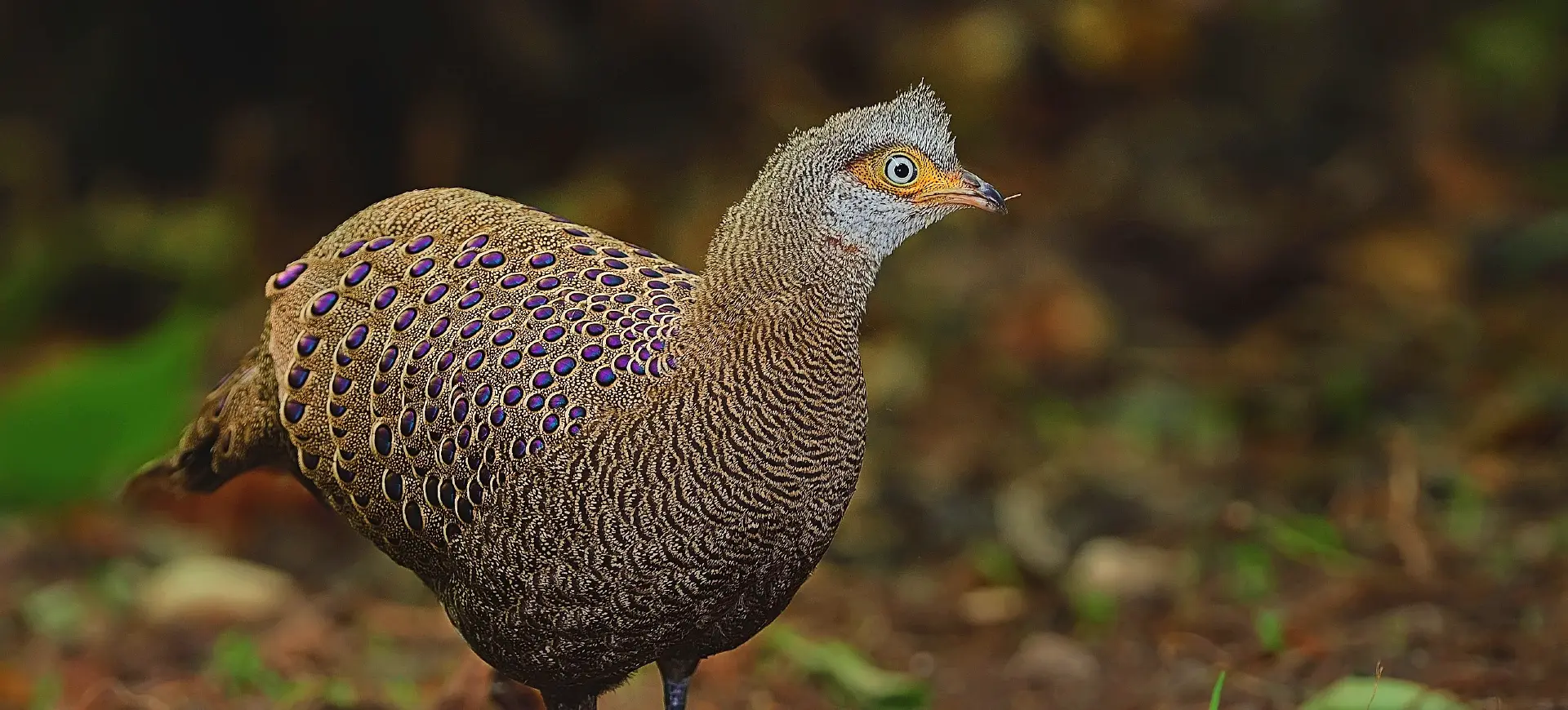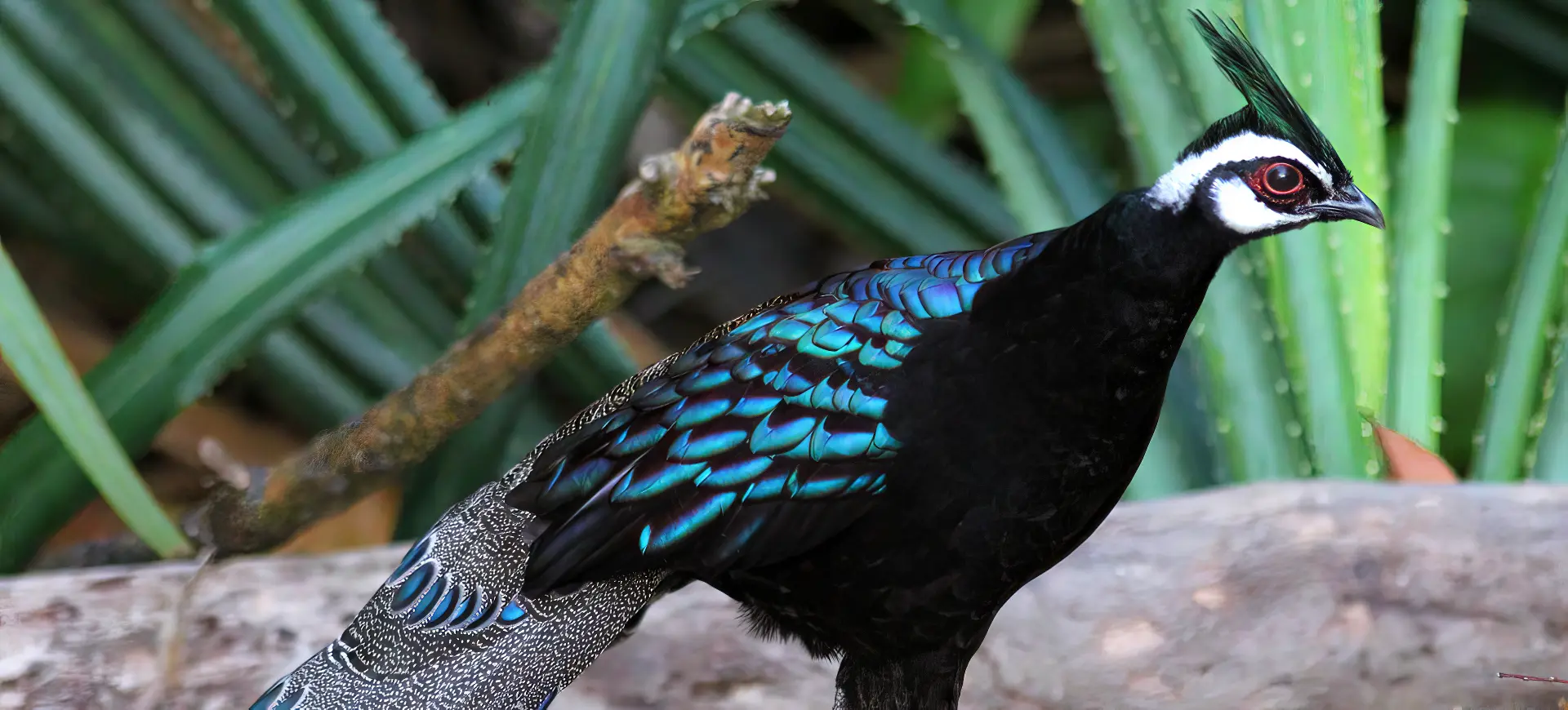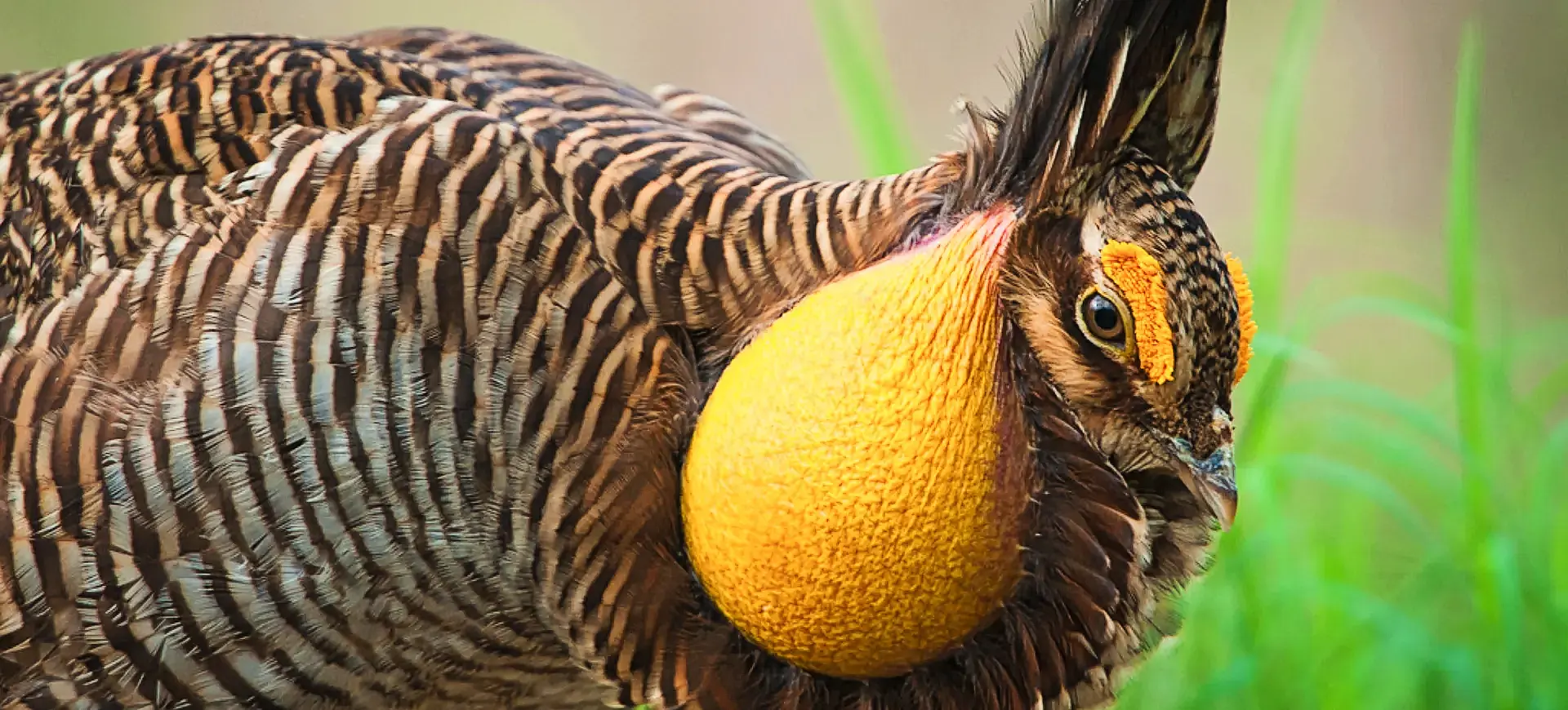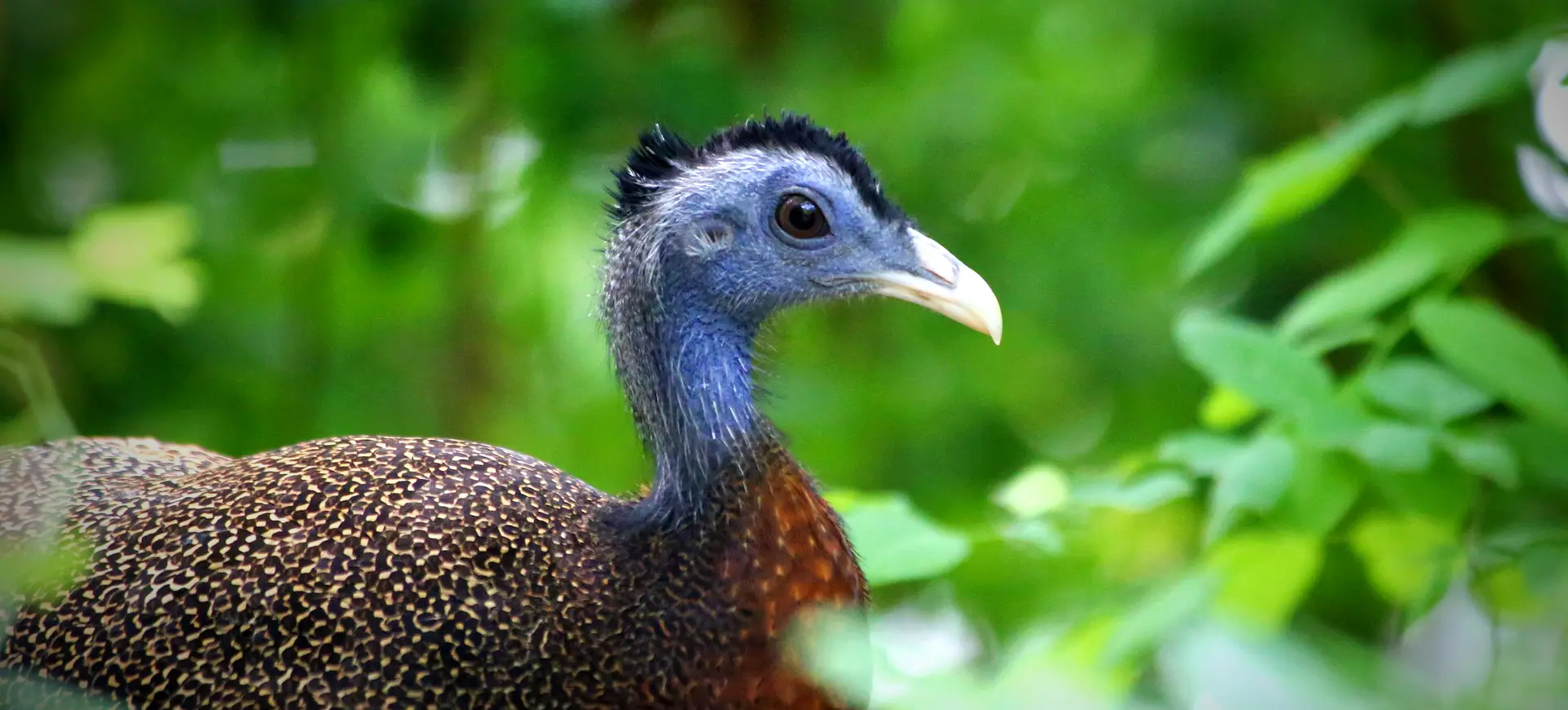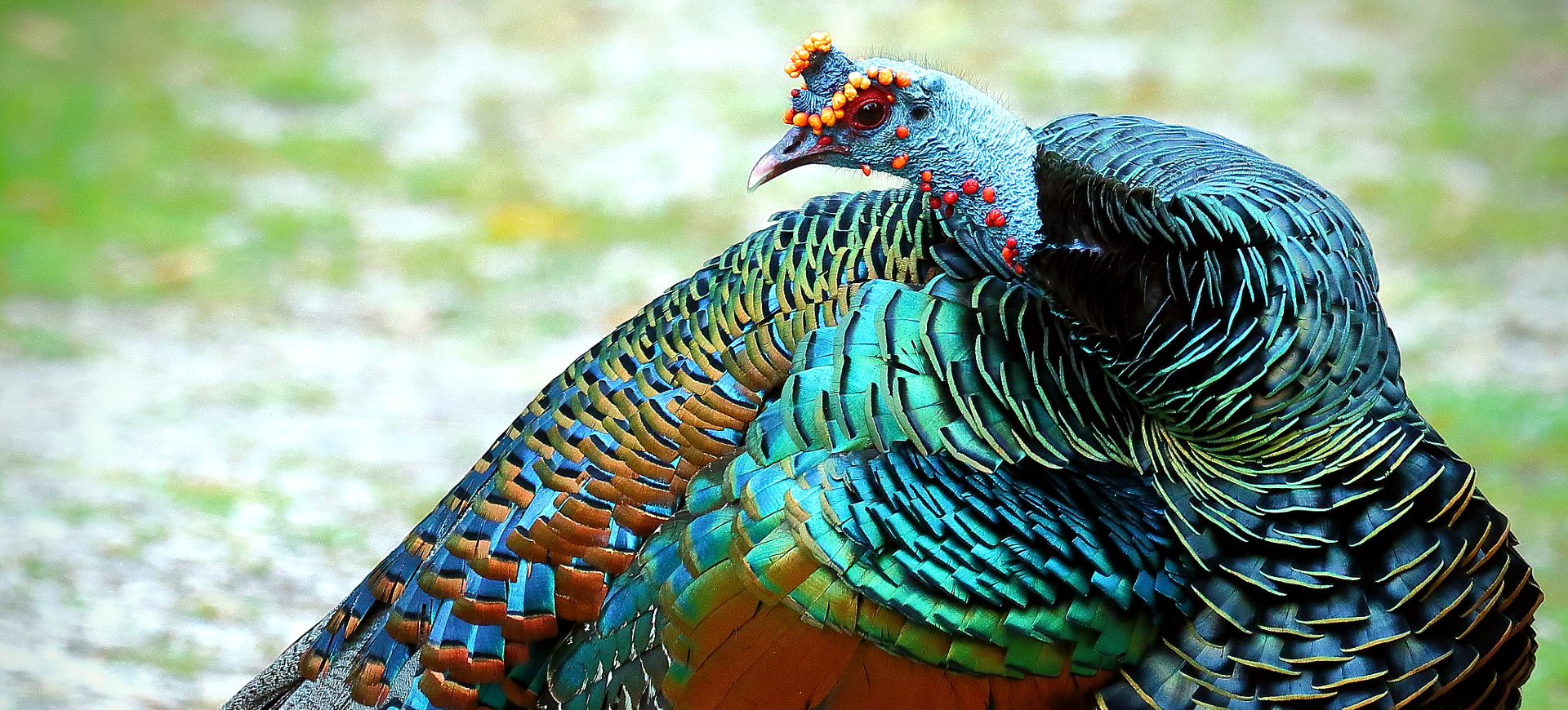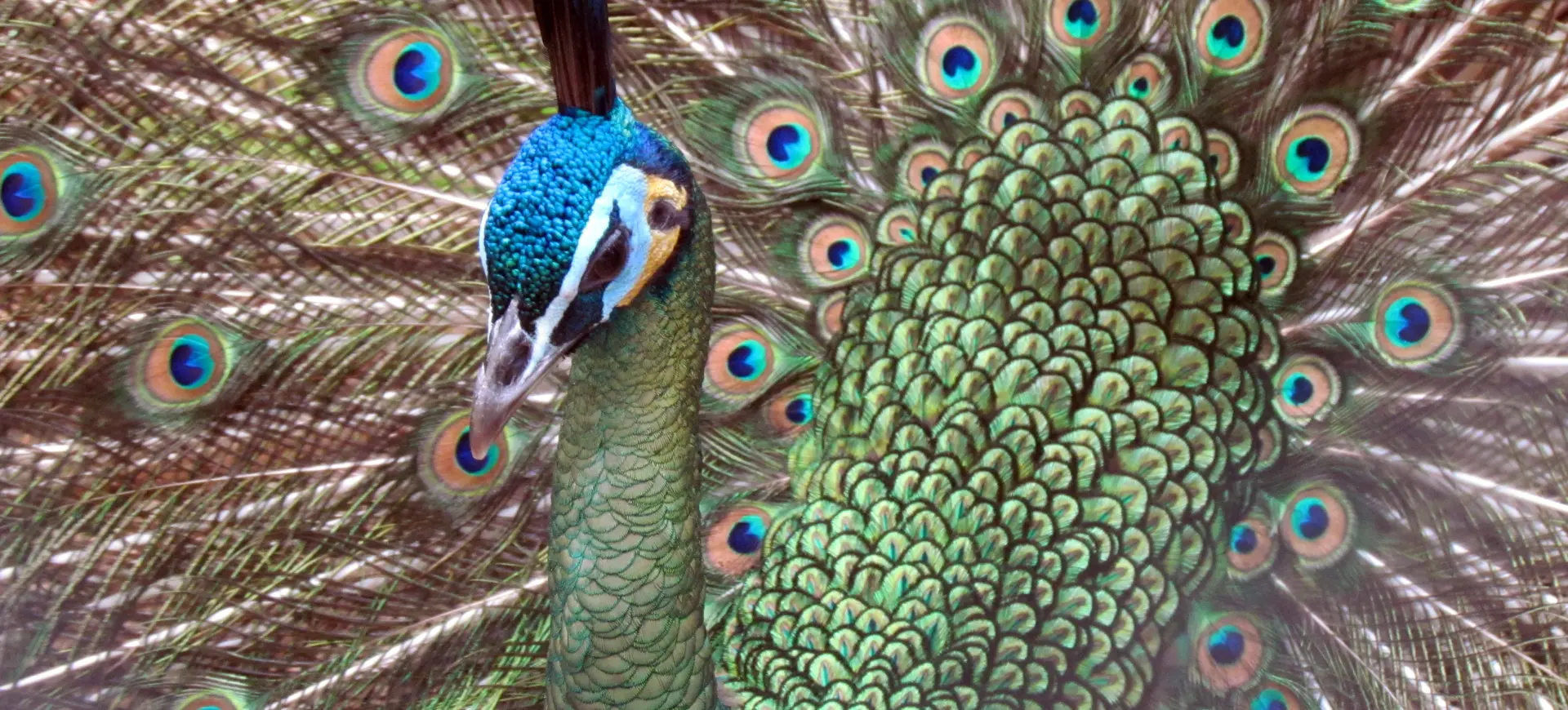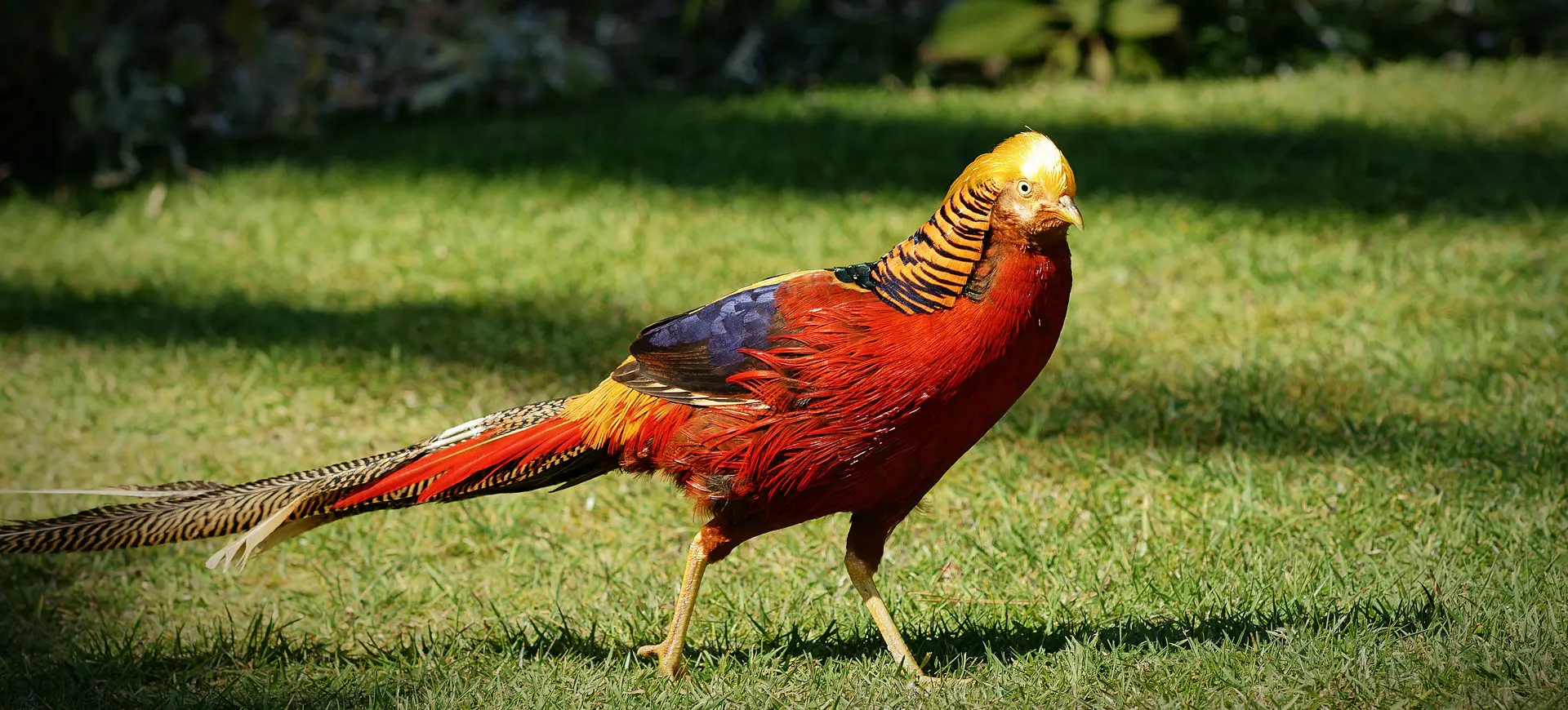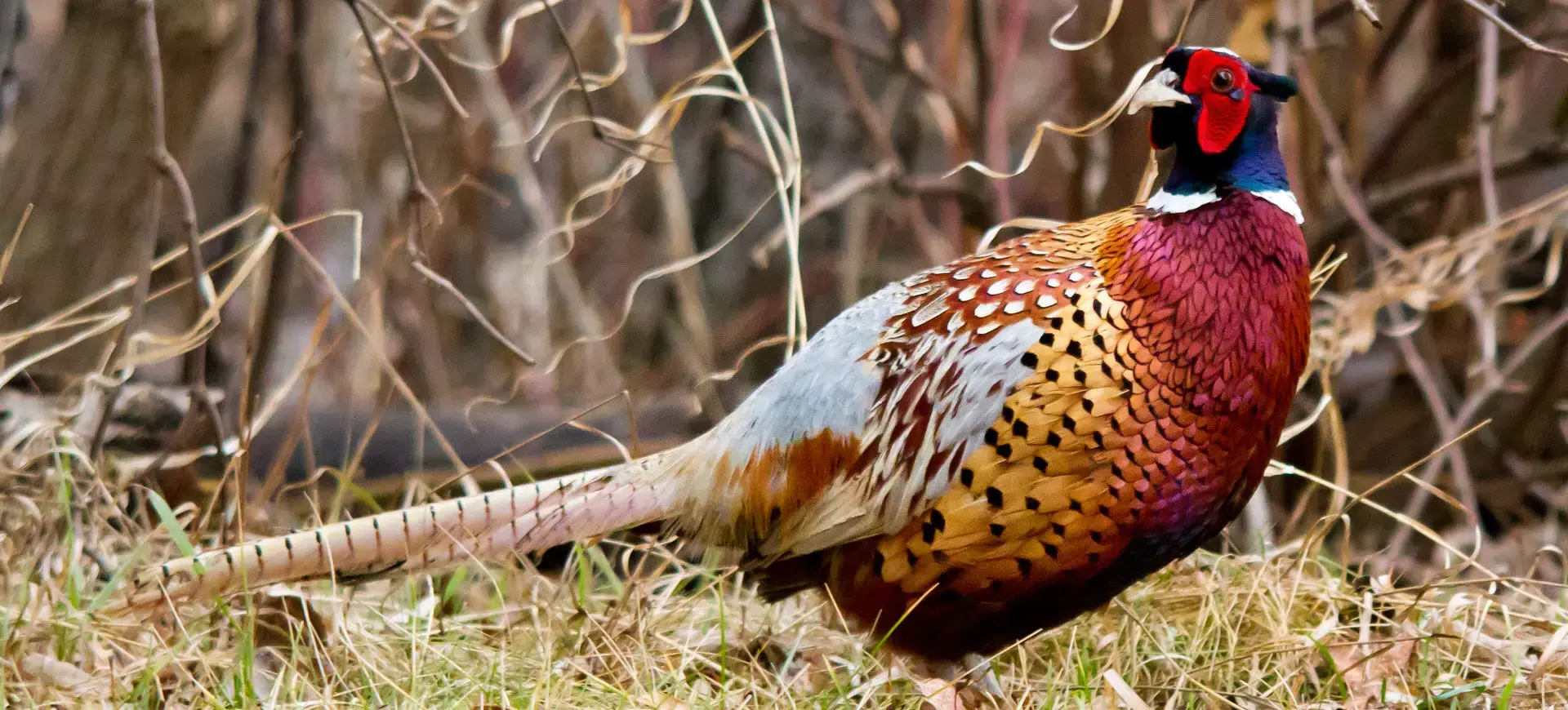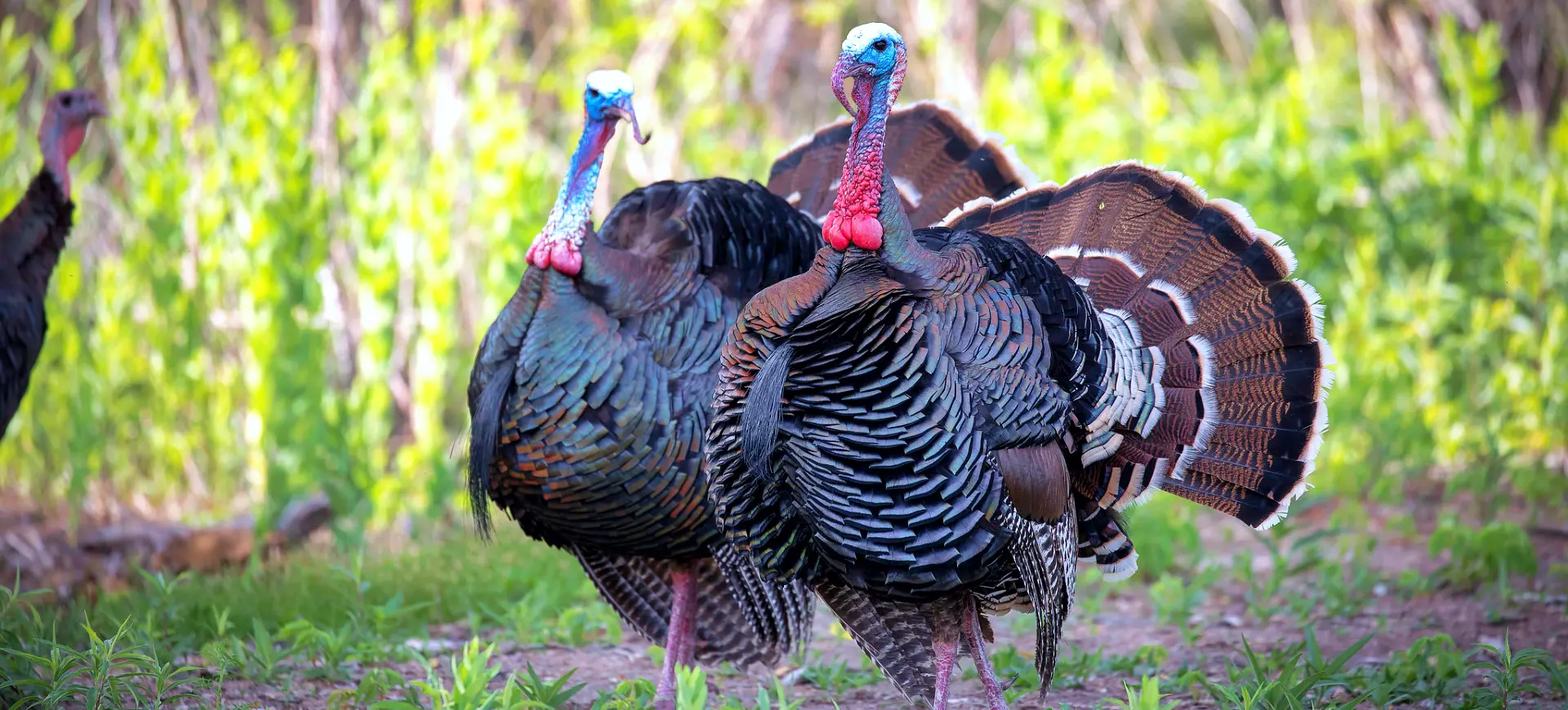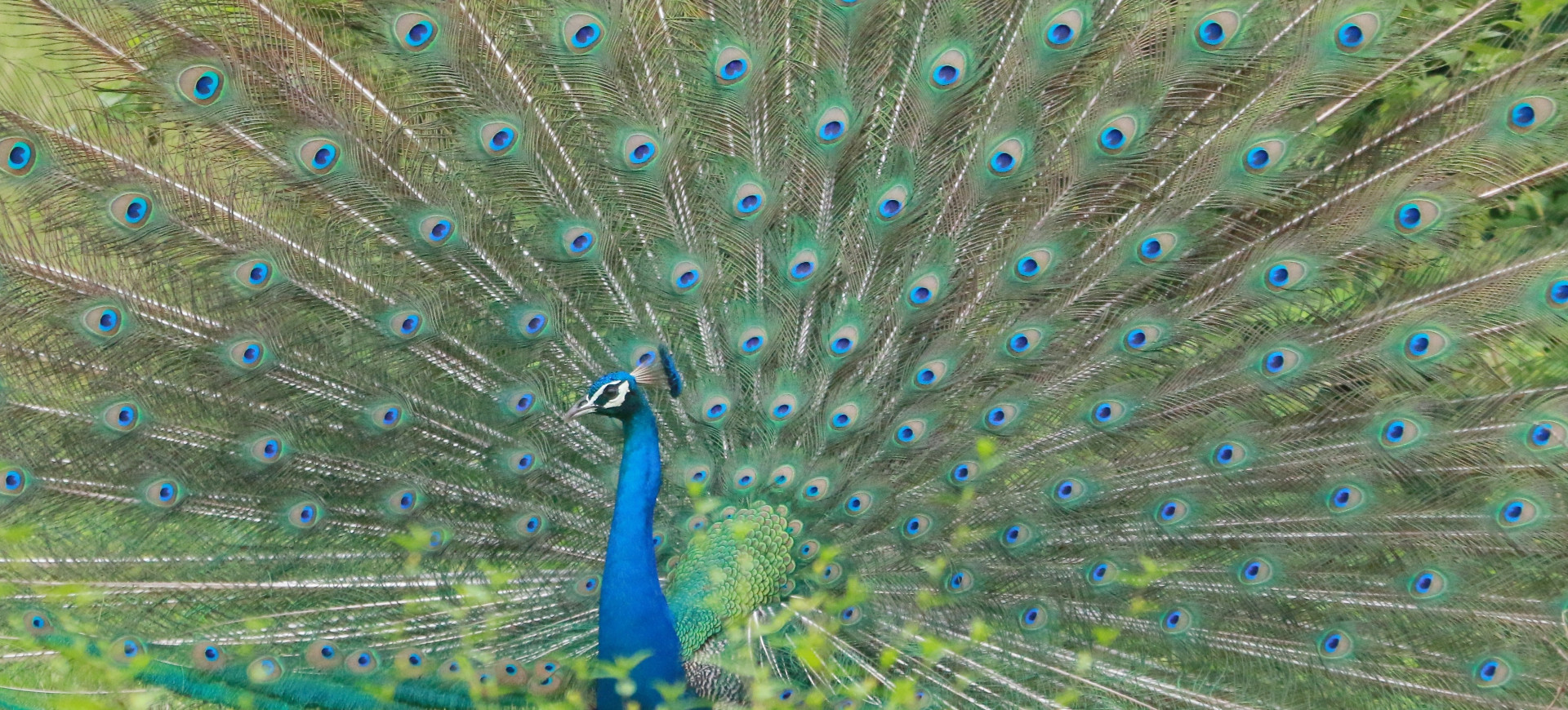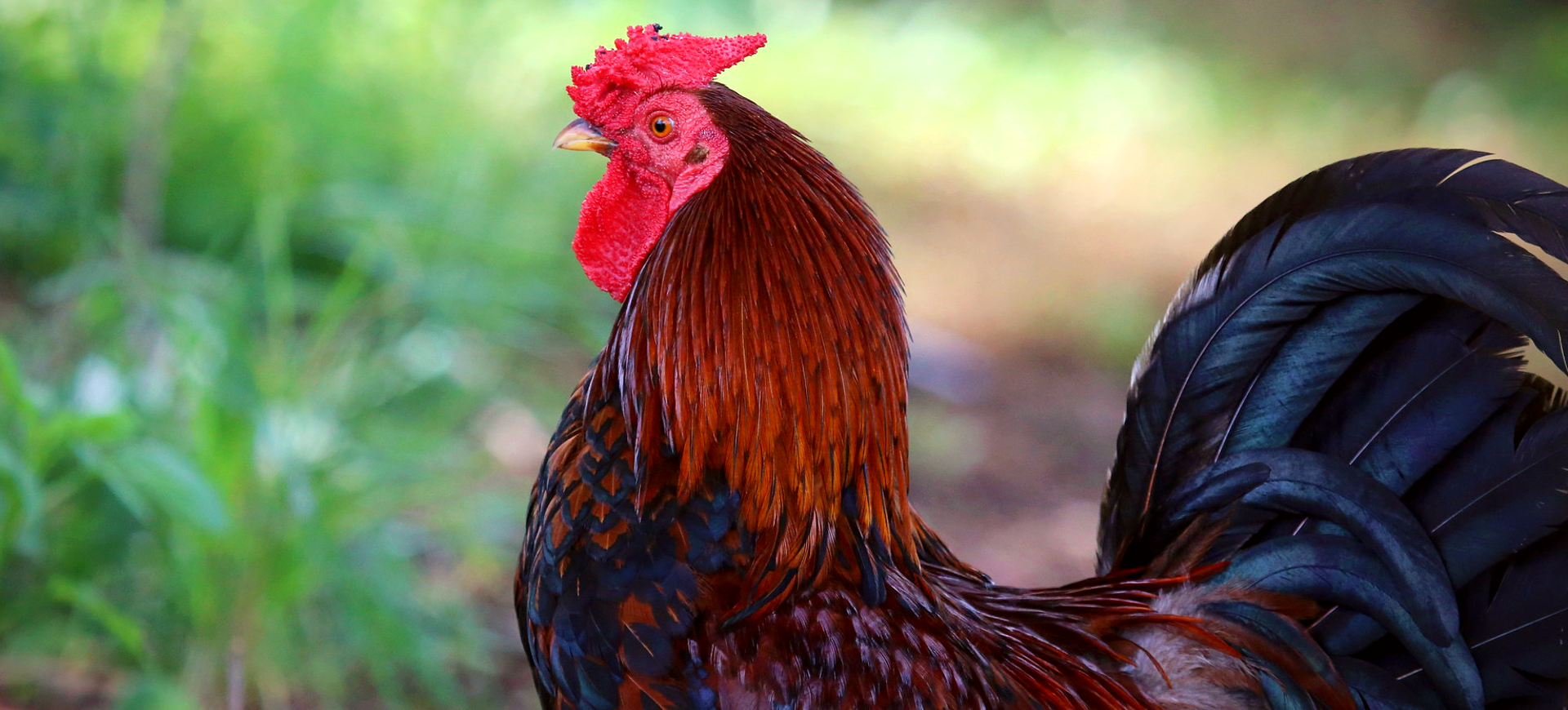Overview
Edwards’s Pheasant (Lophura Edwards) is a strikingly beautiful bird species known for its richly blue-violet plumage, distinctive white crests, and red facial skin. The males are marked by their vibrant colors and attractive physical features, making them easily distinguishable from the less colorful females. These creatures belong to the Phasianidae family, which comprises other pheasants and partridges. They are indigenous to the rainforest habitats of Vietnam, particularly in the central part of the country.
The bird was first discovered in 1895 by the French missionary Abbé Jean Pierre Armand David and was named after Alphonse Milne-Edwards, a French ornithologist. Edwards’s Pheasant has been critically endangered due to rapid habitat loss, primarily caused by extensive deforestation and civil unrest in its native regions. Unfortunately, there have been no confirmed sightings of this bird in the wild since the early 2000s.
These mid-sized pheasants typically lead a ground-based life, seldom taking to the air unless threatened. They are more active during dawn and dusk, displaying crepuscular behavior. Their diet predominantly includes plant matter and small invertebrates. The males are polygamous and usually have more than one female during the mating season. As with other ground-nesting birds, the females are responsible for incubating the eggs and caring for the young.
Taxonomy
Kingdom
Phylum
Class
Order
Family
Genus
Species
Sub Species
Type
Physical Description:
The Edwards’s Pheasant is a relatively medium-sized bird known for its striking coloration and unique feather patterns. The males are iridescent blue-black, giving a deep, metallic blue sheen in direct sunlight. They have a bare red face and a white crest extending from their forehead to the back of the neck, contrasting sharply with their body plumage. Their tail feathers are long and curved, adding to their overall length. Females are less vibrant, sporting a brownish-black hue with similar white crests, albeit smaller. Juveniles are similar to females in coloration until they attain maturity.
Male Edwards’s Pheasants can weigh between 1.6-1.8 lbs (0.7-0.8 kg), while females are slightly lighter, typically weighing 1.3-1.5 lbs (0.6-0.7 kg). They are relatively short, standing at an average height of 24 inches (60 cm) for males and 22 inches (56 cm) for females. Males are also longer, averaging 28 inches (71 cm) in length, compared to the females’ 25 inches (64 cm). Unfortunately, detailed wingspan data is not readily available for this species. In the wild, their lifespan is estimated at 15 years; in captivity, they can live up to 20 years.

Lifespan: Wild: ~15 Years || Captivity: ~20 Years

Weight: Male: ~1.8 lbs (0.77 kg) || Female: ~1.5 lbs (0.68 kg)

Length: Male: ~28 inches (71 cm) || Female: ~25 inches (64 cm)

Height: Male: ~24 inches (60 cm) || Female: ~22 inches (56 cm)

Top Speed: 20 mph (32 km/h)
Characteristic:
Native Habitat:
Edwards’s Pheasants inhabit the dense, lowland rainforests of Central Vietnam. These forests provide ample cover to evade predators and have a rich undergrowth where they find food and nesting materials. Their habitats are characterized by dense foliage, heavy rainfall, and high humidity.
The dense undergrowth offers protection and camouflages these ground-dwelling birds from predators. It also allows easy access to their preferred food sources, including fallen fruits, seeds, and invertebrates. Despite being adept fliers, they spend most of their time on the ground and favor areas with thick cover and minimal human disturbance.
Climate Zones:
Biomes:
WWF Biomes:
Biogeographical Realms:
Continents:
Countries:
Diet:
Diet & Feeding Habits:
Edwards’s Pheasants are primarily omnivorous, with a broad diet of seeds, berries, insects, and small vertebrates. The bulk of their diet comprises plant material, especially seeds and fruits that fall to the forest floor. They use their strong beaks to forage through the leaf litter to find food. In addition, they are adept at catching insects, small lizards, and amphibians, which they skillfully pick off the ground or from low vegetation.
Being omnivores, they have a mixed diet, including plant and animal matter. Their feeding behavior shows significant seasonal variation, with a higher intake of invertebrates during the breeding season to meet the increased protein requirements. Seeds and berries comprise a large part of their diet during other times of the year, supplemented by the occasional small animal when the opportunity arises.
Mating Behavior:
Mating Description:
Edwards’s Pheasants engage in an elaborate mating ritual, typically involving the male showcasing his vibrant plumage and performing a courtship dance to attract the female. Mating occurs between March and June. The female lays a clutch of 4-7 eggs in a well-concealed nest on the ground, typically made of leaves and twigs.
Male Edwards’s Pheasants are called cocks, and females are known as hens. The offspring are referred to as chicks. The reproduction season typically starts in April and extends to June. The gestation period, or the eggs’ incubation period, is around 25 days. The birth is oviparous, meaning the young are born from eggs incubated outside the mother’s body.
Reproduction Season:
Birth Type:
Pregnancy Duration:
Female Name:
Male Name:
Baby Name:
Social Structure Description:
Edwards’s Pheasants are not social birds and prefer a solitary lifestyle. They are most active during dawn and dusk, showing crepuscular behavior. The males are territorial and can be aggressive towards other males, especially during the breeding season.
The females usually nest on the ground in dense vegetation to hide from predators. They alone are responsible for incubating the eggs and caring for the young once they hatch.
Groups:
Conservation Status:
Population Trend:
As of 2021, the wild population of Edwards’s Pheasants is unknown, primarily due to their secretive nature and the challenges in surveying their dense rainforest habitat. In 1996, the estimated population size was around 2,500 to 9,999 mature individuals, but the current numbers are significantly lower given the habitat loss and hunting pressures. The species is feared to be possibly extinct in the wild, but occasional unconfirmed sightings give hope that some individuals persist in their native range.
While the captive population is also unknown, Edwards’s Pheasants are found in various zoos and aviculture collections worldwide, which could play a crucial role in species conservation. Successful captive breeding programs have been reported, suggesting the possibility of future reintroduction efforts.
Population Threats:
Edwards’s Pheasant faces numerous threats, primarily habitat loss due to deforestation for timber and conversion to agriculture. The increased human encroachment into their habitats also leads to higher hunting pressures. They are hunted for their meat and beautiful plumage, used in local crafts and the global illegal wildlife trade.
In addition to hunting and habitat loss, the limited genetic diversity due to their small and fragmented population poses a serious long-term threat. This could result in inbreeding depression, making the species more susceptible to diseases and reducing their reproductive success.
Conservation Efforts:
Conservation efforts for Edwards’s Pheasant include habitat preservation and restoration, research and monitoring, and potential captive breeding and reintroduction programs. Key areas of their native habitat have been included within protected areas to shield the species from hunting and habitat loss. Conservation organizations work alongside local communities to promote sustainable land-use practices that minimize deforestation and habitat degradation.
Ongoing research aims to better understand the species’ ecology and behavior, which can inform conservation strategies. Captive breeding programs have seen some success, suggesting the possibility of reintroduction efforts to boost the wild population. However, ensuring the survival of Edwards’s Pheasant in the wild will ultimately depend on preserving their native rainforest habitat.
Additional Resources:
Fun Facts
- The Edwards’s Pheasant was considered extinct in the wild until it was rediscovered in 1996.
- Despite being ground-dwelling birds, they can fly short distances when alarmed.
- They have strong legs to scratch the ground in search of food.
- Males dance and call to attract females during the breeding season.
- The white crest on the head of the males is unique among pheasants.
- Their diet varies based on the season.
- Chicks are born precocial and can start to forage almost immediately after hatching.
- Females are responsible for incubating the eggs and caring for the chicks.
- The bird’s name pays tribute to the French ornithologist Alphonse Milne-Edwards.
- They are one of the most endangered birds in Vietnam due to habitat loss and hunting.





